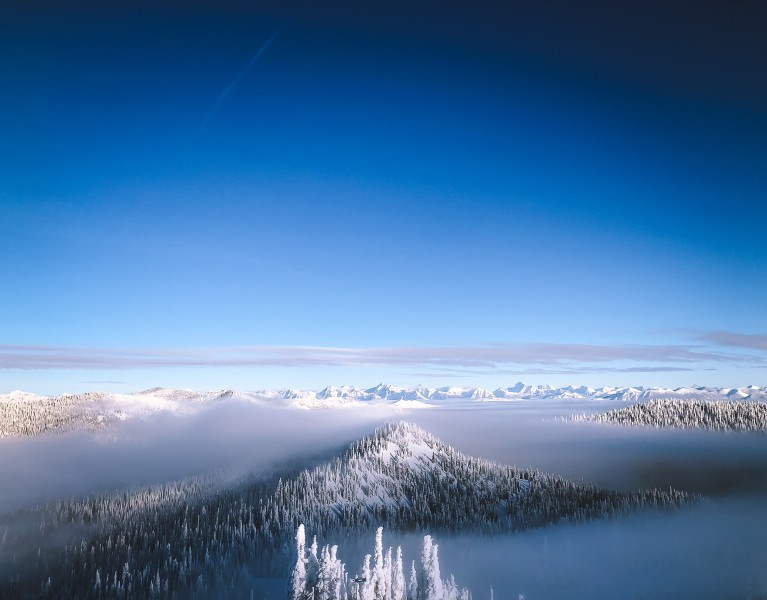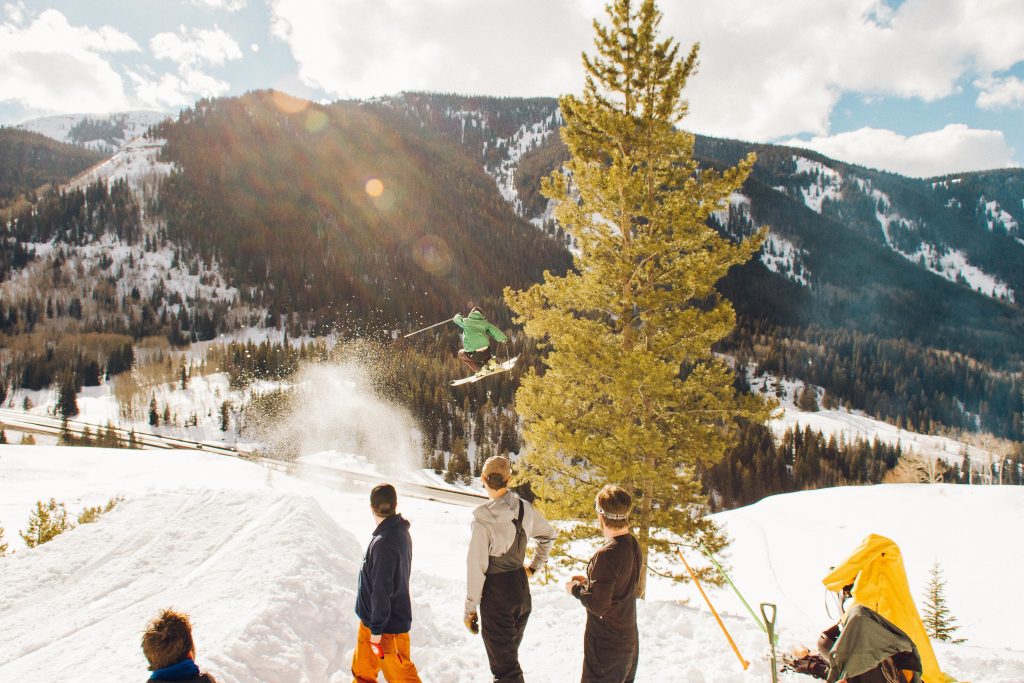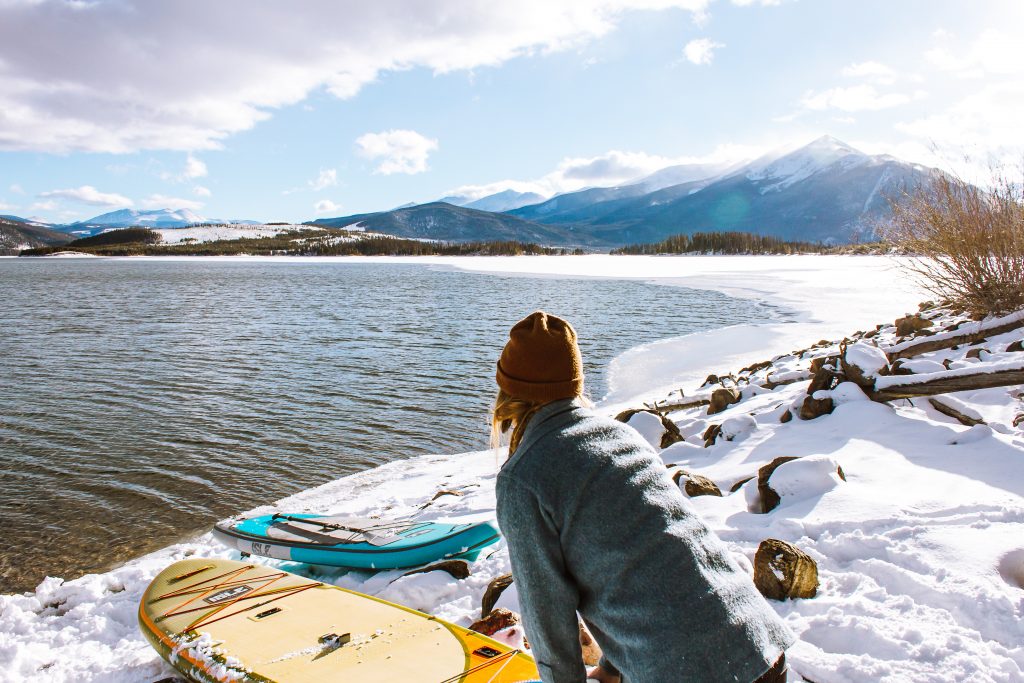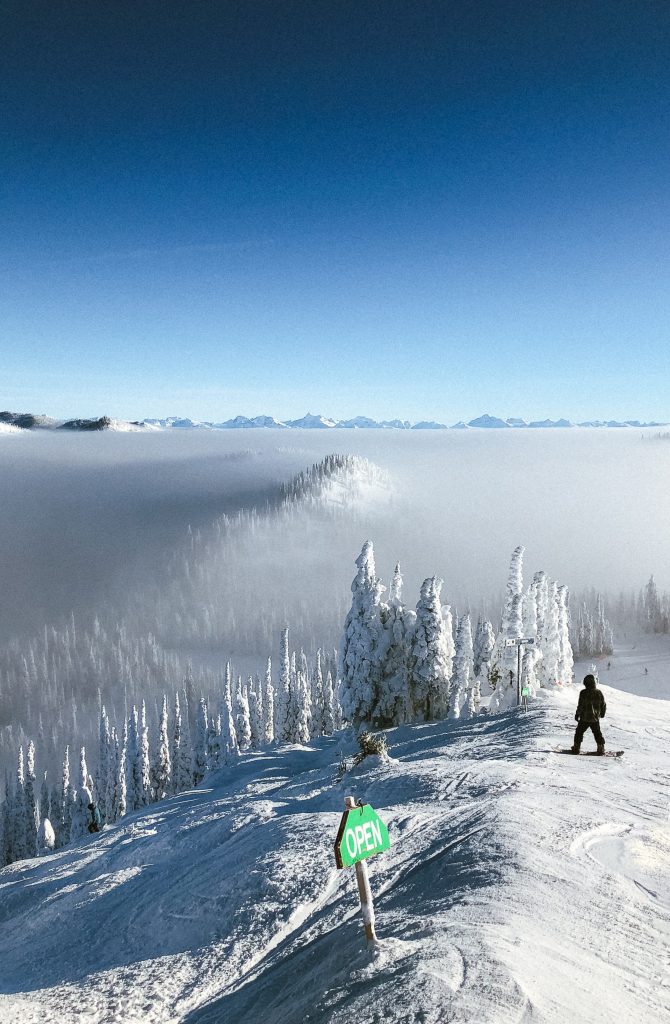- 1. Benefits of Cold Weather Outdoor Activities
- 1.1. Fresh Air for Boosted Immunity
- 1.2. Get Vitamin D
- 1.3. Keep SAD at Bay
- 1.4. Boosted Exercise
- 1.5. Push Yourself
- 2. How to Prepare for Outdoor Activities in the Winter
- 2.1. Layer to Prevent Hypothermia
- 2.2. Know your Limits
- 2.3. Protect your Extremities
- 2.4. Other Tips:

Benefits of Cold Weather Outdoor Activities
Table of Contents [Show]
There's nothing like it. The landscape looks like it's been painted white. The forest is silent, the boughs heavy with snow. Sometimes the only sound you can hear is the wind whistling through the trees. Call me a romantic, but there's something about the outdoors in the winter that fills me with calm. Growing up in the Northeastern United States, with childhood winters a blur of snowstorms, sledding, and the scent of cedar trees—I learned early on that outdoor cold weather activities are just as rewarding as they are challenging.
One of the most amazing aspects enjoying the outdoors in the cold? It comes from feeling your own body fighting against the cold: your lungs heat the icy cold air, your circulatory system work to keep your blood vessels safe, and your extremities fight to stay warm. Whether you're a hiker, a skier, an ice skater, a snowboarder, a kayaker, or a snowshoer (or you're just dabbling with the idea), there are so many incredible benefits to getting outside in the winter. With the right state of mind (and sensible equipment), you'll discover there's something undeniably special about this time of year.
Benefits of Cold Weather Outdoor Activities
If you're an outdoorsy person—but have never made the leap into winter activities—then you know how long the winter months can seem. Aside from making every season count (and enjoying the incredible beauty of a winter landscape), here are some health and wellness perks of getting out in the snow and ice:
Fresh Air for Boosted Immunity
The adage about the importance of getting fresh air? It's a reality. In the wintertime, most of the air we breathe is stale and recirculated through heating systems in our cars, workplaces, and homes. This stale air holds a more insidious potential in the form of flu and cold bacteria and germs. The drier the indoor air, the more likely it is to spread airborne diseases like the flu in the wintertime.
In fact, the runny nose that you may experience outside during the winter? The cold weather triggers your nose to start creating an extra moist environment to warm and humidify the air — an important protective mechanism. So partaking in snowy activities can give your body a head start on fighting germs.

Photo by Holly Mandarich.
Get Vitamin D
In the summertime, all you need is 15 minutes outside at noon to get all the Vitamin D your body needs. Vitamin D deficiencies are linked with depression, hypertension, osteoporosis, and depression. Vitamin D interacts with calcium in our bodies to maintain strong bones and is powerfully linked to mood.
Although it's more difficult to get Vitamin D from sunshine in the winter months (especially if you live in a higher latitude), it is possible to get small amounts from sun exposure. Those small amounts, in conjunction with a diet rich in Vitamin-D producing foods (wild salmon, fortified foods, dairy or soy milk) can help boost your vitamin D levels throughout the long winter months.
Keep SAD at Bay
As much as I love the quiet beauty of the wintertime, even I can admit that the shorter days and colder weather can occasionally get you down. In the United States alone, as much as 14% of the population suffers from SAD (Seasonal Affective Disorder) which creates feelings of sadness, fatigue, and depression in the winter months. Research suggests that 30 to 60 minutes of outdoor activity (coupled with 20 minutes of sunlight exposure) can fight back against the winter blues.
Boosted Exercise
If it feels like your body is working harder in the winter than it is in the fall or spring— that's because it is. Research from the Netherlands suggests that outdoor activities in the wintertime burn more fat than in any other season. This is because cold weather activates the body's "brown fat" stores which are responsible for heat generation. This fascinating bodily reaction means that outdoor activities—from snowboarding to running to hiking—can help turbocharge your fitness goals.
Push Yourself
More than anything else, physical activities in the great outdoors help push and challenge us—forcing us to learn and grow with every experience. While skiing can help teach your balance and coordination, spending a few hours outside in the cold can fortify you mentally as well. As long as you're safely and securely wrapped up in layers, then pushing yourself to spend time in an unusual or initially uncomfortable situation can be just what you need to grow as a person and an athlete.

Photo by Holly Mandarich.
How to Prepare for Outdoor Activities in the Winter
To me, part of the fun of wintertime activities is the extra preparation. I know that sounds crazy, but preparing for extremities of temperature always gets me motivated for adventure, and excited for the journey. Here's how to stay safe this winter:
Layer to Prevent Hypothermia
Understand and recognize the realities of hypothermia, and dress smartly to avoid it. Although hypothermia can occur even in the cool temperatures of spring or fall, it's especially hazardous in the wintertime. Know the signs, according to the CDC:
- Shivering
- Exhaustion
- Confusion
- Fumbling hands
- Memory loss
- Slurred speech
- Drowsiness
If you or anyone in your group start experiencing those symptoms, it's critical to get warm and get help immediately. To prevent hypothermia, it's important to dress in warm and insulated layers. Merino wool is an exceptionally warm natural fabric, available for layering in both men and women's styles. Because the fabric is both breathable and warm, it's an excellent way to ward off the cold and damp. Consider wearing a Merino wool layer over a sleek long sleeve shirt to provide top-tier core protection.
Snow pants aren't just for kids: make sure that the pants you wear in the winter are water-repellant and consider wearing a moisture-wicking base layer underneath for extra warmth and moisture-prevention.
Don't underestimate the importance of a good jacket: top your layers off with a fully insulated down parka (with some styles designed to keep your hips and legs warm as well) can keep your core warm despite the temperature.

Photo from Holly Mandarich.
Know your Limits
Your body works harder during wintertime activities—keeping your temperature regulated is a tough and rewarding job. Make it a little easier on your body by building up to wintertime activities. If you're new to snowboarding, go with more experienced friends and start safe and simple. If you're planning a wintertime hike, recognize that snowy conditions require way more physical exertion with each footstep. Know your limits and work up to challenges.
Protect your Extremities
Especially in extremely wintry conditions, it's vital to protect your extremities like your fingers and toes. These are the area of your body most vulnerable to frostbite. Wear waterproof gloves that provide advanced cold protection. Find waterproof boots. If you're going to be skiing or snowboarding, invest in a neck gaiter that keeps your neck, ears, and face protected.
Other Tips:
- Check the weather. If you're planning a hike, be very aware of the weather conditions that might arise. Stay tuned so that you can avoid venturing forth in blizzard conditions.
- Buddy system. Though I'm a personal fan of solitary hikes, I'm a little more cautious in the wintertime. It's great to have a buddy system in case of unforeseen weather occurrences.
- UV Protection. While it's so important to get that extra Vitamin D on your face, skiing or snowboarding can cause sunburns as the winter sun reflects off the white surface of the snow. Though it seems counter-intuitive, make sure you protect yourself from UV rays even during the winter.
- Hydration. It's easy to remember hydration is important if you're in the dead heat of summer in the Moab Desert, but winter activities require water as well. Prevent water from freezing by storing your water bottle as close to your body heat as possible while hiking.
Every season in nature has its incredible sights, sounds, and feelings. If you're eager to get out there in the elements this winter—and feel the unmistakable excitement of stepping foot in a fresh snowfall— then make sure you are prepared.
Featured image by Holly Mandarich.


